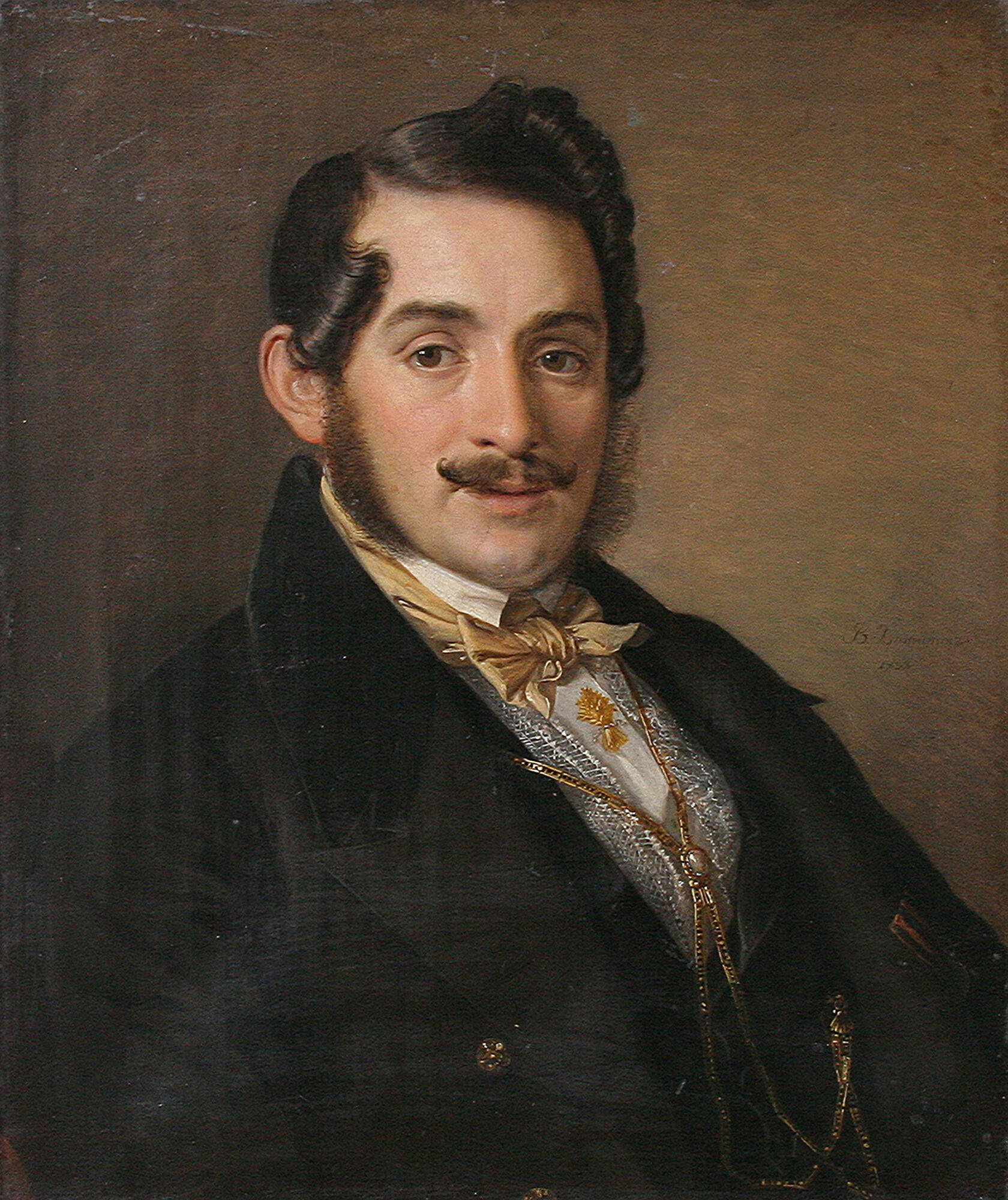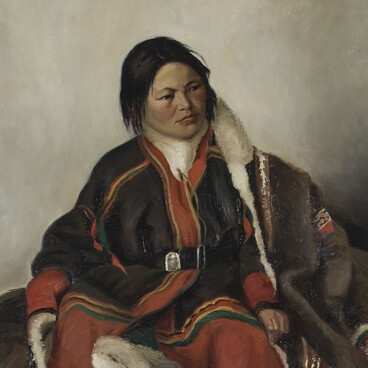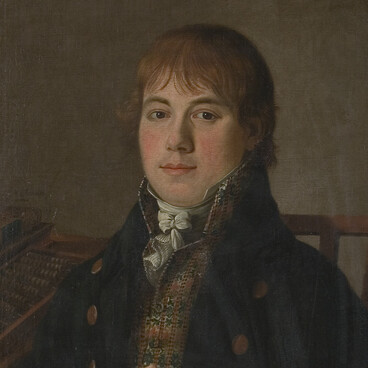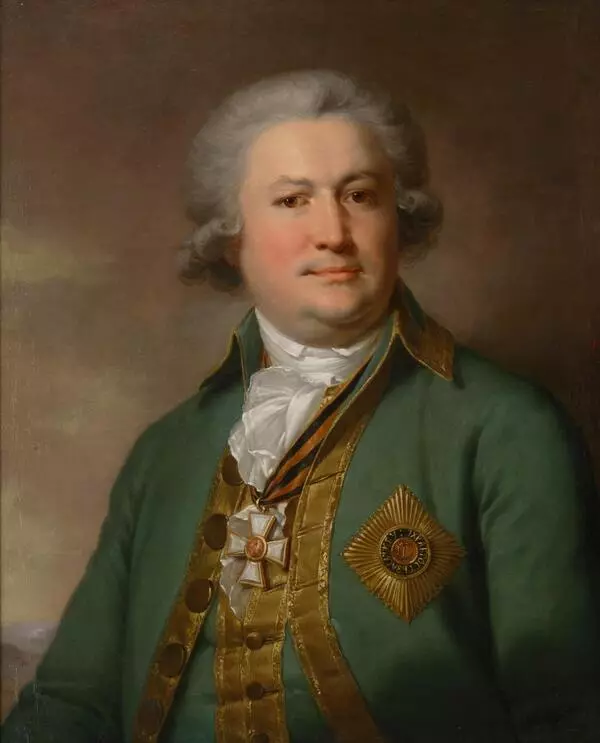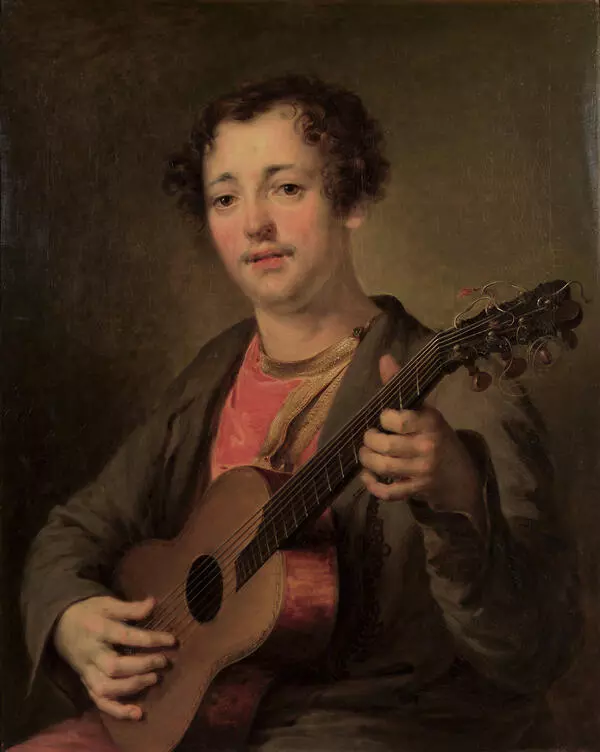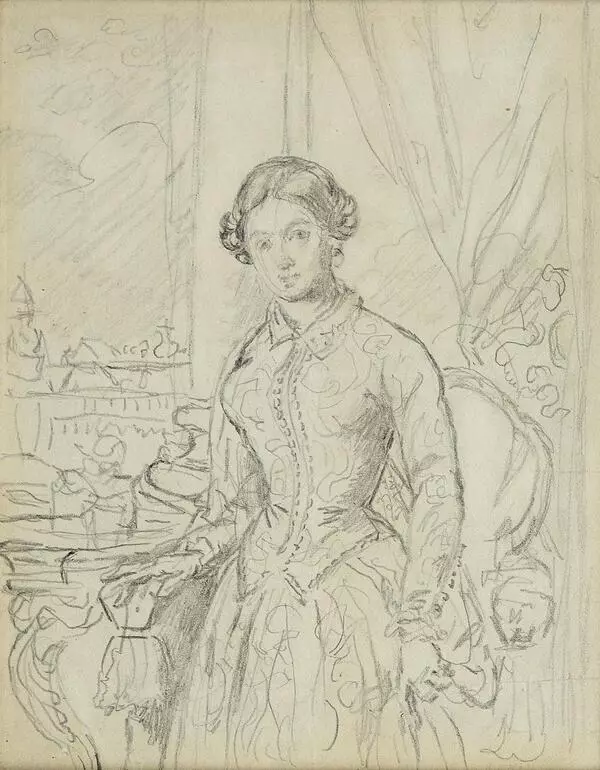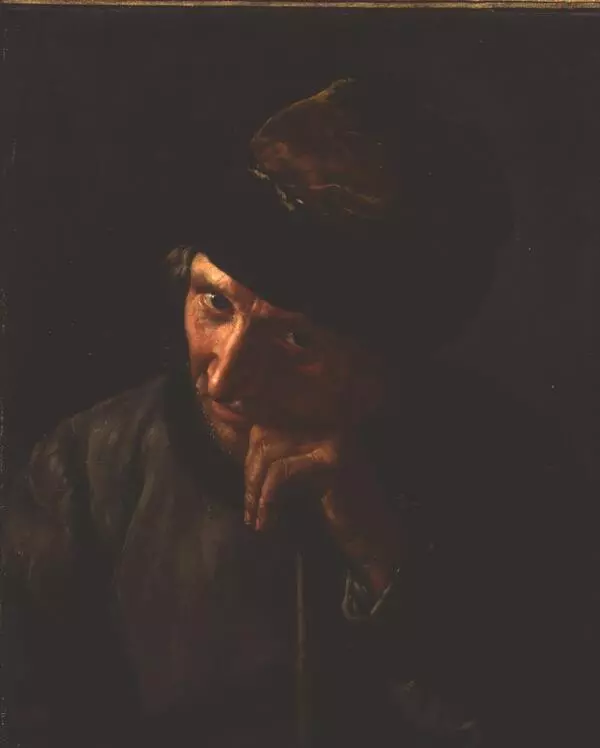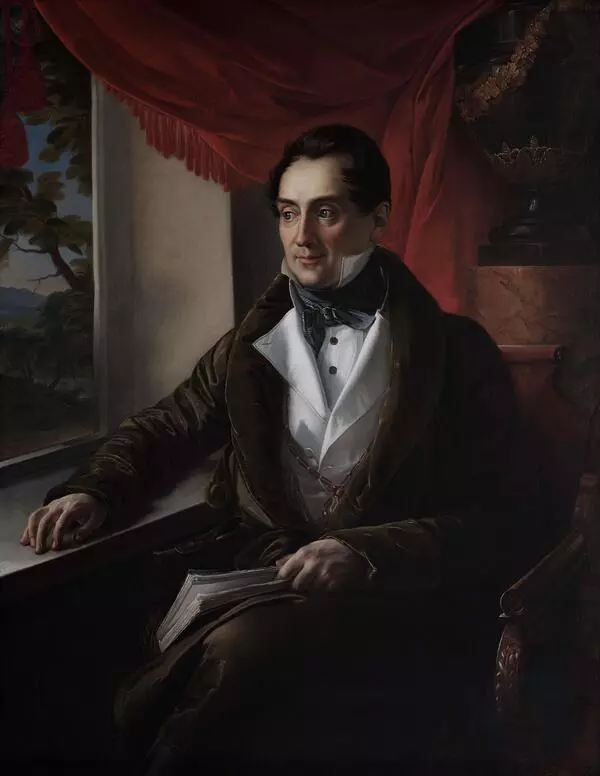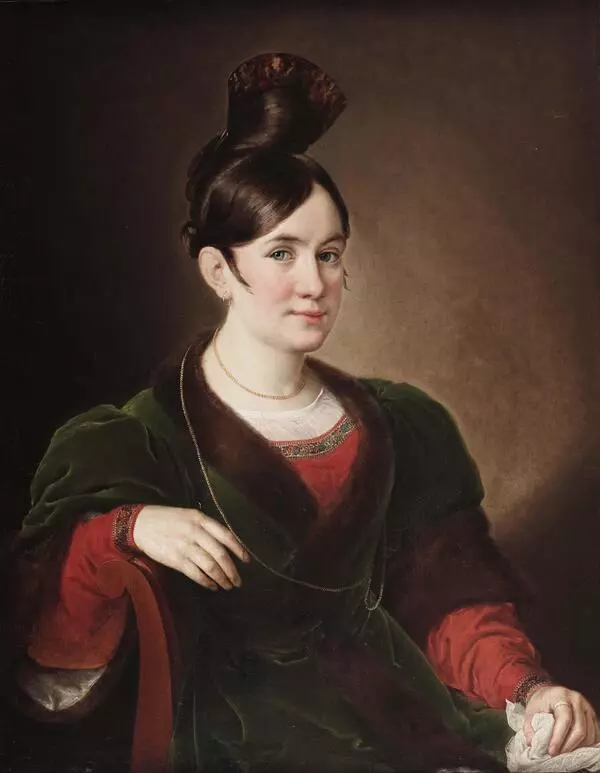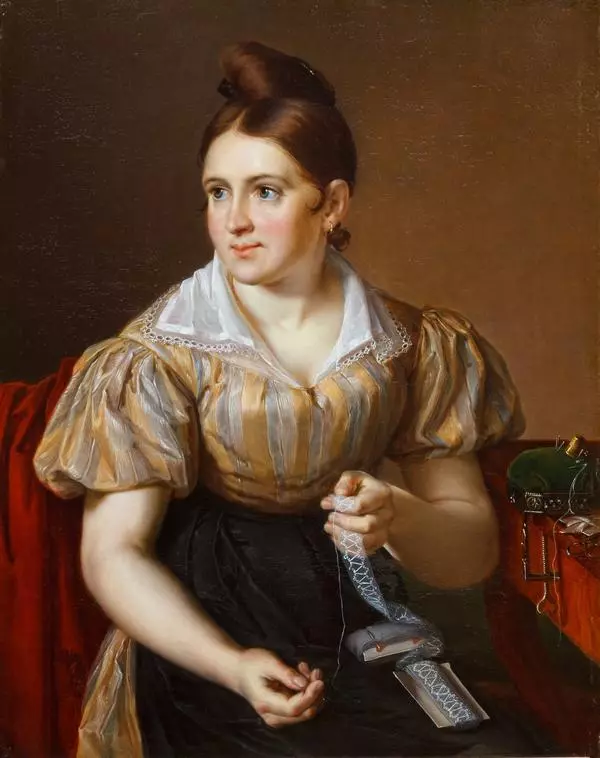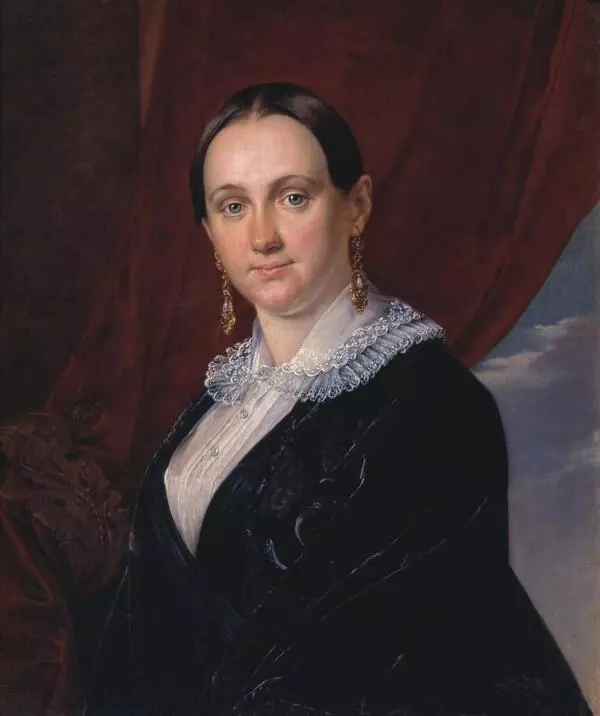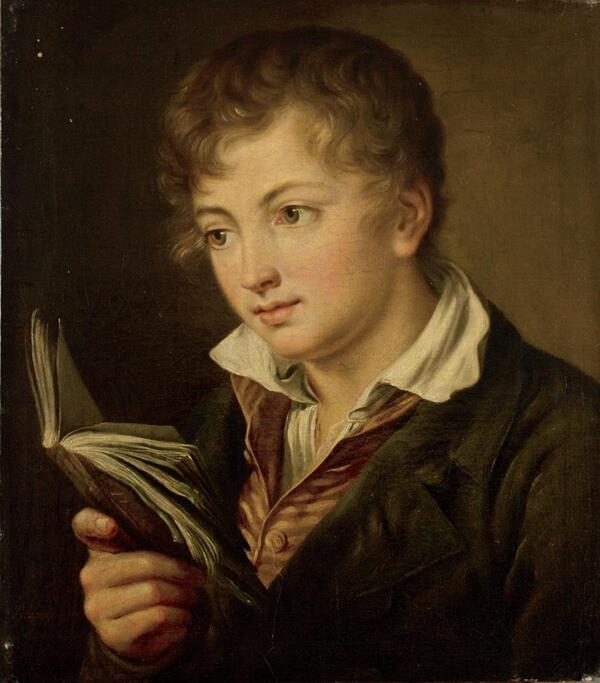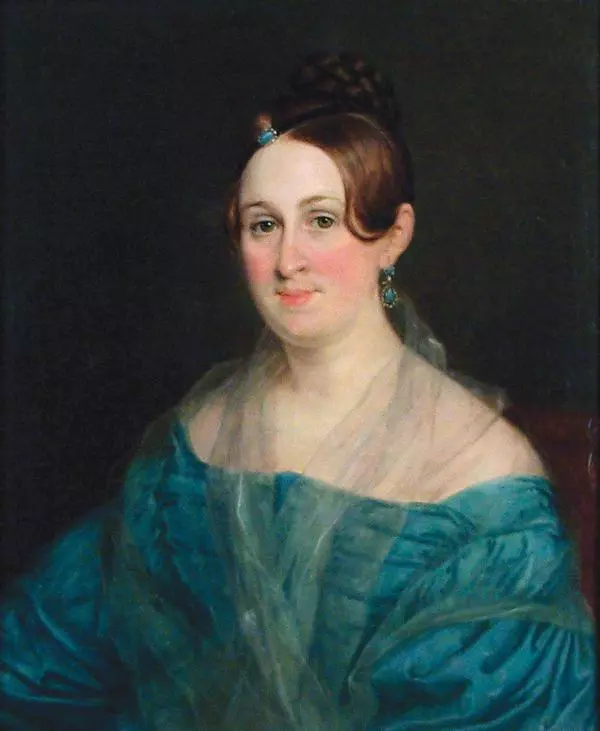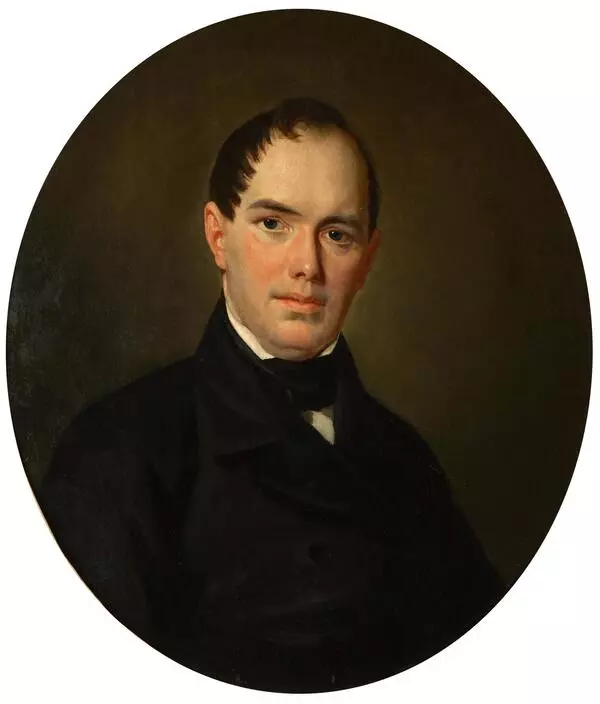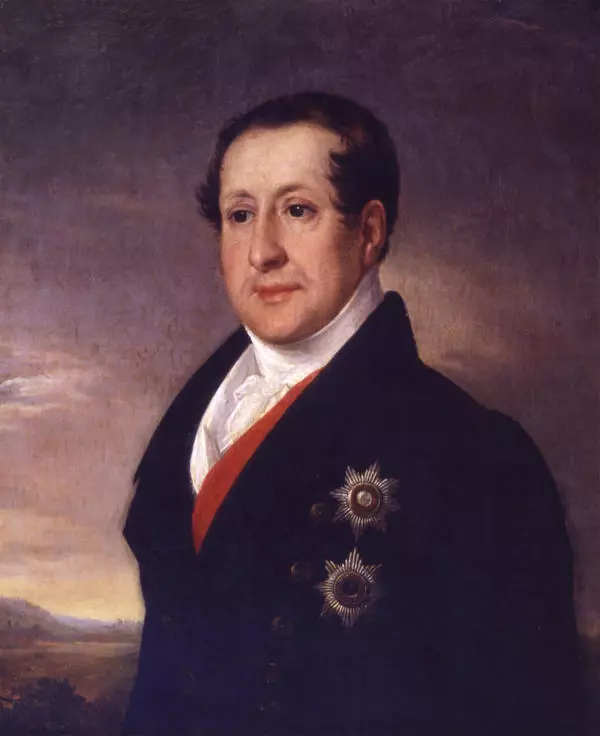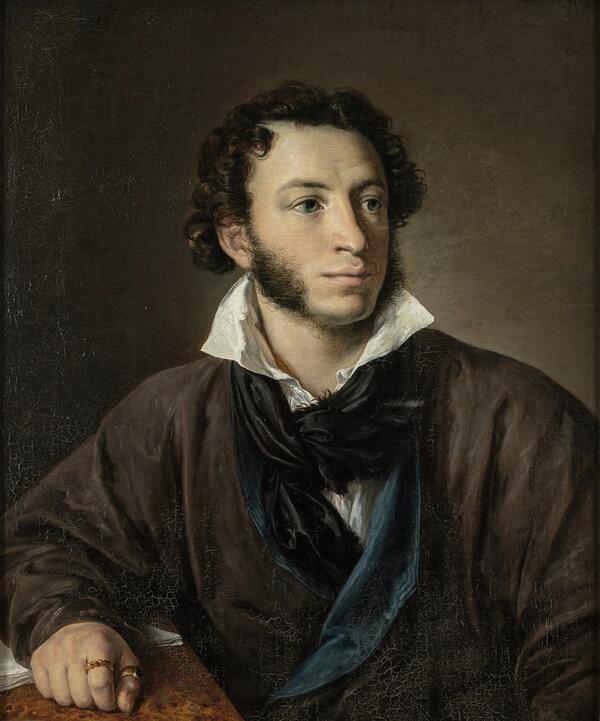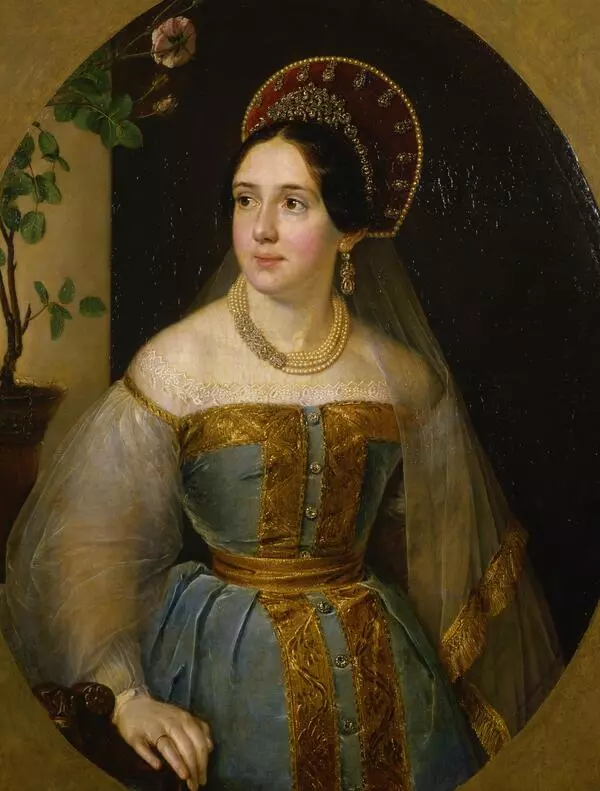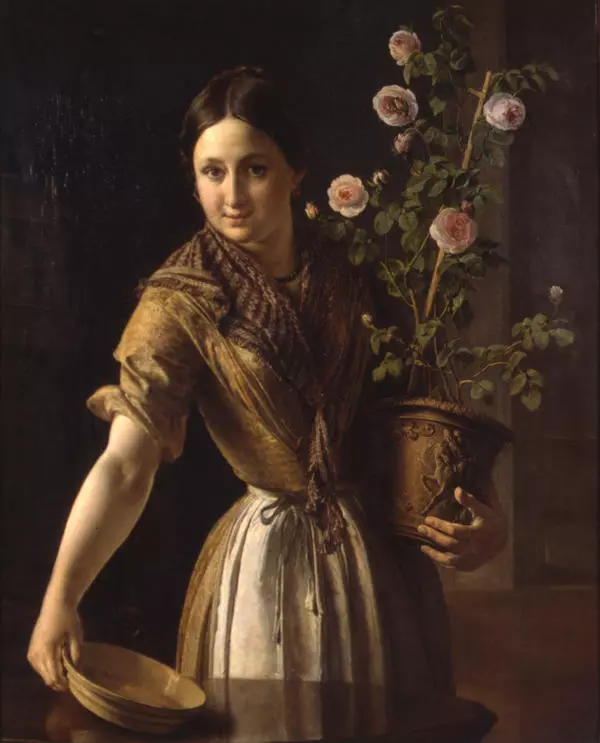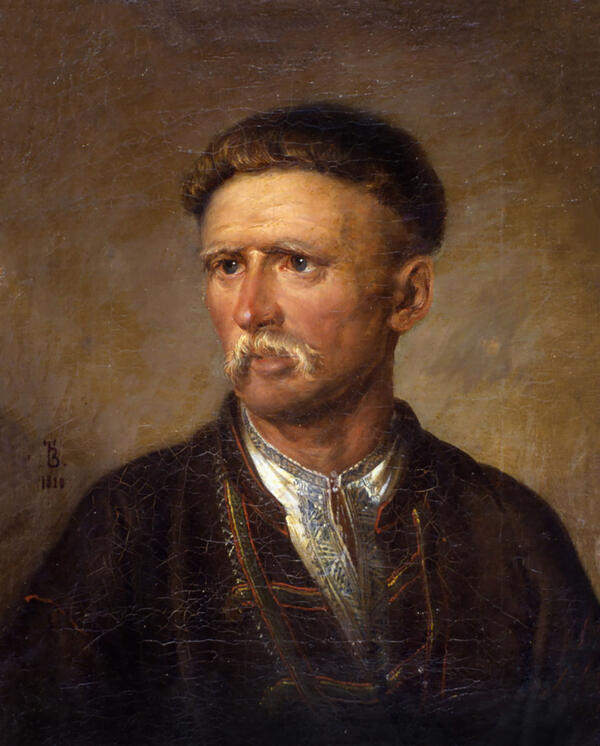Vasily Andreevich Tropinin was a Russian artist, who masterfully painted romantic and realist portraits. Vasily Tropinin was born in 1776 in the Novgorod Governorate. His parents were serfs of Count Anton Minikh. Around 1793, Tropinin became a serf of Irakly Morkov. Only in 1823, at the age of 47, the artist received his freedom. Vasily Tropinin mastered the art of painting in the studio of professor Stepan Shchukin at the Academy of Arts.
The first half of the 19th century is rightfully called the golden age of portrait art. The pride of the museum is the “Portrait of an Unknown Man in a Black Frock Coat” painted in 1838 by Vasily Tropinin. He was already a mature artist at that time. He always treated his models kindly. He portrayed them only when they were in a good mood, in the best moments of their lives. Tropinin believed that a portrait was intended for history, for the memory of future generations, and should reveal the dignity of the sitter.
Tropinin lived and worked in Moscow, so he did not take part in academic exhibitions and remained almost unnoticed by art critics, who were generally related to the St. Petersburg Academy of Arts and its showcases. However, this circumstance did not prevent him from becoming a recognized artist. He was known as the best portraitist among both customers and professionals. Karl Bryullov, refusing to paint portraits of Muscovites, said: “You have an excellent artist of your own.”
In the 1830s, portrait finally became the main genre in Tropinin’s art, when he developed his own painting techniques and compositional schemes — in short, everything that made Tropinin’s works unique and recognizable. The artist created an entire gallery of images of his contemporaries. The presented portrait is distinguished by special naturalness that is characteristic of many of his works, which often seem to verge between portrait painting and genre art. Admiring the portrait, one remembers not only the expressive face turned to the viewer, but also the skill with which the artist managed to convey the texture of the cloth, the shimmer of the silk bow, the metallic sheen, and the finest web of lace. In this portrait, the aesthetic tastes of the era happily coincided with the unique style of the talented artist, who poetically perceived life.
The first half of the 19th century is rightfully called the golden age of portrait art. The pride of the museum is the “Portrait of an Unknown Man in a Black Frock Coat” painted in 1838 by Vasily Tropinin. He was already a mature artist at that time. He always treated his models kindly. He portrayed them only when they were in a good mood, in the best moments of their lives. Tropinin believed that a portrait was intended for history, for the memory of future generations, and should reveal the dignity of the sitter.
Tropinin lived and worked in Moscow, so he did not take part in academic exhibitions and remained almost unnoticed by art critics, who were generally related to the St. Petersburg Academy of Arts and its showcases. However, this circumstance did not prevent him from becoming a recognized artist. He was known as the best portraitist among both customers and professionals. Karl Bryullov, refusing to paint portraits of Muscovites, said: “You have an excellent artist of your own.”
In the 1830s, portrait finally became the main genre in Tropinin’s art, when he developed his own painting techniques and compositional schemes — in short, everything that made Tropinin’s works unique and recognizable. The artist created an entire gallery of images of his contemporaries. The presented portrait is distinguished by special naturalness that is characteristic of many of his works, which often seem to verge between portrait painting and genre art. Admiring the portrait, one remembers not only the expressive face turned to the viewer, but also the skill with which the artist managed to convey the texture of the cloth, the shimmer of the silk bow, the metallic sheen, and the finest web of lace. In this portrait, the aesthetic tastes of the era happily coincided with the unique style of the talented artist, who poetically perceived life.
